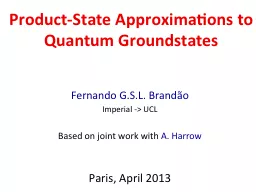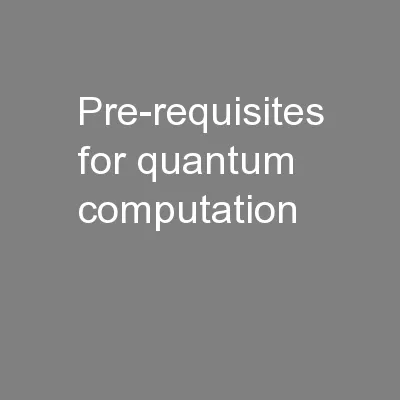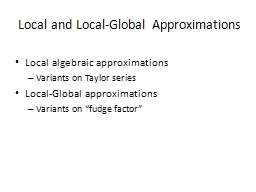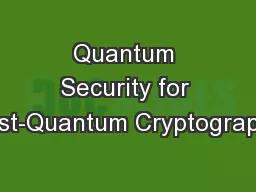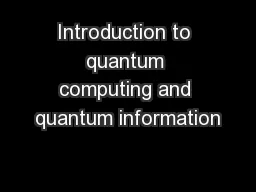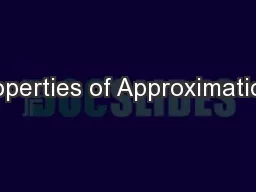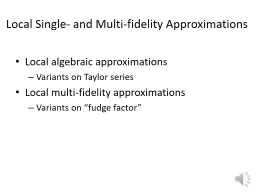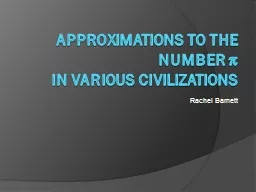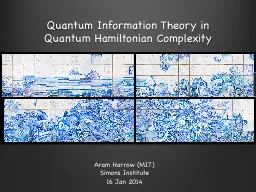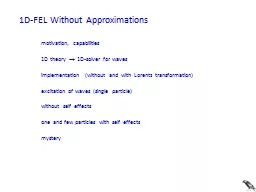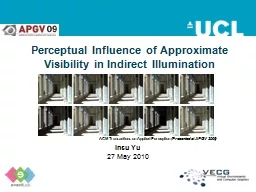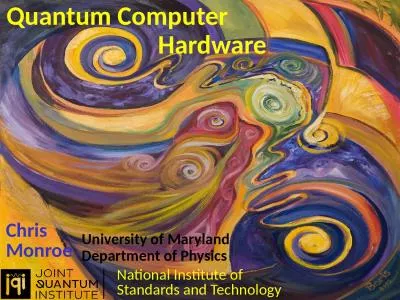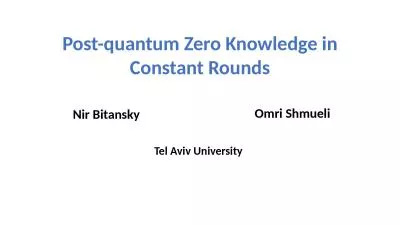PPT-Product-State Approximations to Quantum
Author : stefany-barnette | Published Date : 2017-08-02
Groundstates Fernando GSL Brand ão Imperial gt UCL Based on joint work with A Harrow Paris April 2013 Quantum ManyBody Systems Quantum Hamiltonian
Presentation Embed Code
Download Presentation
Download Presentation The PPT/PDF document "Product-State Approximations to Quantum" is the property of its rightful owner. Permission is granted to download and print the materials on this website for personal, non-commercial use only, and to display it on your personal computer provided you do not modify the materials and that you retain all copyright notices contained in the materials. By downloading content from our website, you accept the terms of this agreement.
Product-State Approximations to Quantum: Transcript
Download Rules Of Document
"Product-State Approximations to Quantum"The content belongs to its owner. You may download and print it for personal use, without modification, and keep all copyright notices. By downloading, you agree to these terms.
Related Documents

